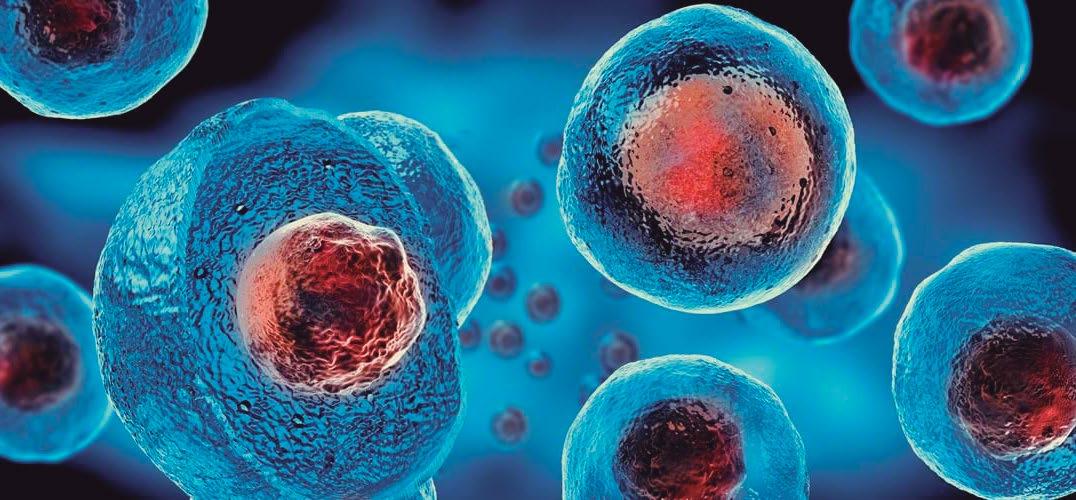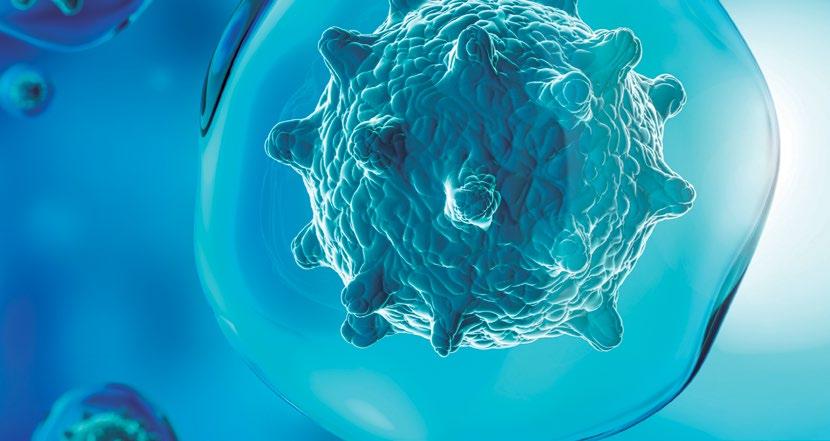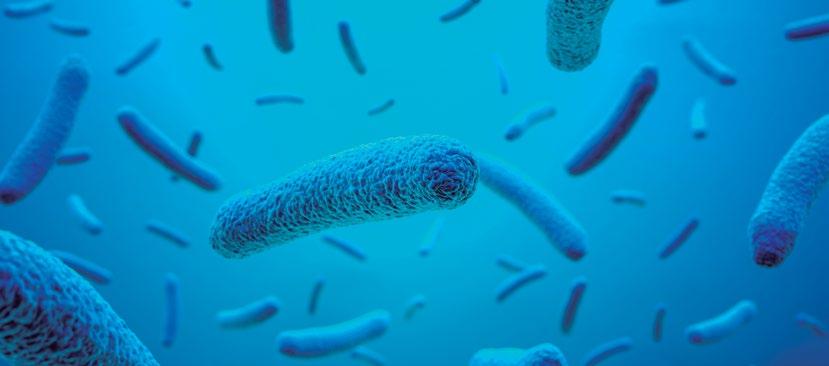28
ANTIMICROBIAL RESISTANCE: THE GLOBAL THREAT OF THE FUTURE INTERVIEW
An Interview with Aurora Escoto
In 1928, when Alexander Fleming was doing research on influenza, he stumbled by chance onto a naturally growing substance that could attack certain bacteria. The discovery earned him the Nobel Prize in Physiology or Medicine in 1945, along with Ernst Boris Chain and Sir Howard Walter Florey, who together developed and initiated the production of what we now know as penicillin. Humanity has benefited enormously by the discovery, as, thanks to antibiotics, average life expectancy has increased by at least thirty years over the last half century. In short, the discovery of these medicines can be considered one of the most important advances in the entire history of medicine.
Aurora Escoto holds an undergraduate degree in chemical pharmacobiology and a master’s degree in molecular biology from the Centro de Investigación Biomédica de Occidente (CIBO-IMSS), where she has worked on research into molecular biomarkers of breast cancer. She has also worked on the detection and expression of genes inserted into plasmids by means of end point PCR and real-time PCR and their transfection into eukaryotic cells, in order to produce proteins of interest to the pharmaceutical sector. She has collaborated on the design of a plasmid for the production of Interferon beta by means of Vector NTI Advance® 10 software, having received training for the purpose from NeuClone (Australian Technology Park), Sidney, Australia.
Aurora Escoto, antibiotics are a key element in scientific research. Could you tell us how exactly these medicines have been used? Antibiotics can be divided into three classes, in accordance with their origin: so-called natural antibiotics (like penicillin), which are produced by microorganisms; semi-synthetic antibiotics, which are improved versions of natural antibiotics (e.g. ampicillin); and synthetic antibiotics, such as linezolid, which are manufactured in the laboratory. The principal function of antibiotics is to inhibit the growth of (bacteriostatic agents) or to kill (bactericides) the pathogenic bacteria that are susceptible to them, so they are used to treat bacterial infections. Belonging

















